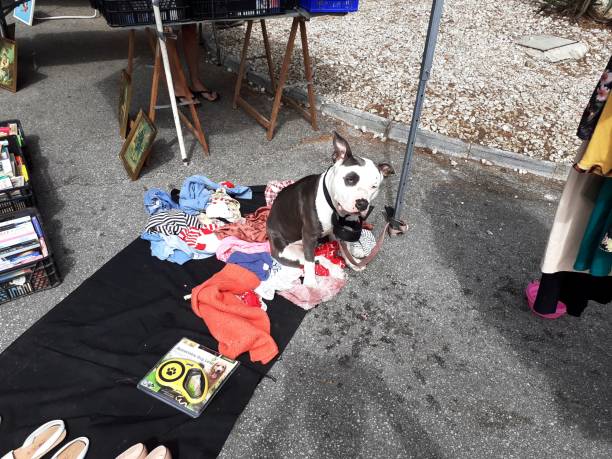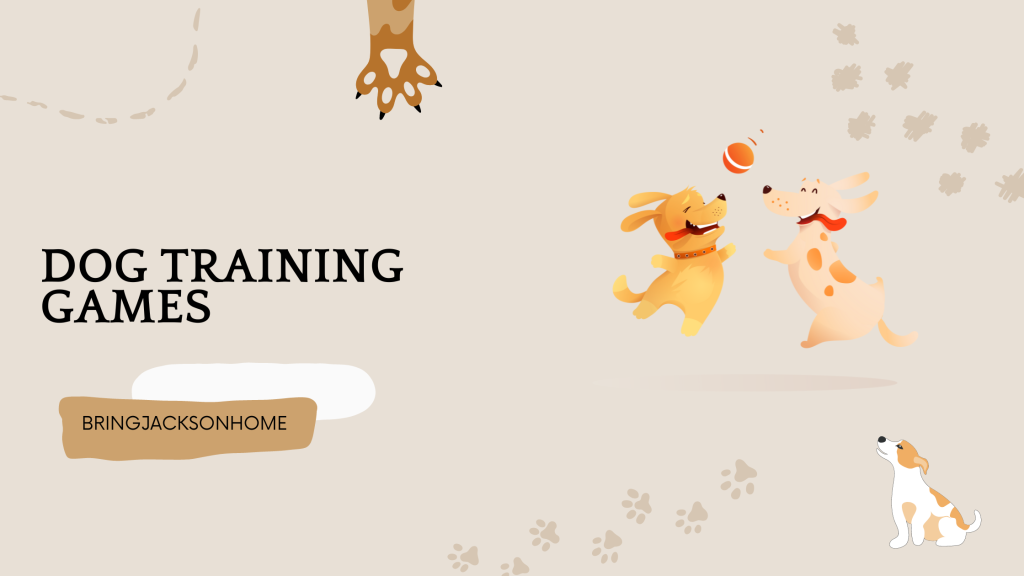This post contains affiliate links, we'll earn compensation if you make a purchase using them at no additional cost to you 😊
Losing a dog is every dog parent’s nightmare. However, in case the nightmare becomes a reality, what are the chances of finding a lost dog after 24 hours? Can you get our dog back, or will the dog roam around for days?
Well, as per the lost dog statistics, the chances of finding a lost dog after 24 hours lie around 93%.
Additionally, as a fellow dog mother who has gone through this frightening experience and got the dog back within 24 hours, I have a few answers to these questions.
Hence, with all the information that can help you get your dog back, I have created a guide that helps with the ways to find a lost dog, along with some statistical data and dog-parent experiences that help with understanding real scenarios.
Let’s check out the information below to find out the chances of finding a lost dog after 24 hours and see if the odds are in your favor or not.
What Are The Chances Of Finding A Lost Dog After 24 Hours?
The chances of finding a lost dog after 24 hours are 93%.
According to statistics, a sizable portion of missing dogs and cats have been happily reunited with their families. The American Society for the Prevention of Cruelty to Animals (ASPCA) conducted a survey in 2012 that found the following:
- Just 15% of the questioned homes reported a dog or cat missing in the previous five years.
- Nearly as many lost cats (14%) as missing dogs (15%) have been recorded.
- The chances of finding a lost dog are high, as it is 93%.
- Around 49% of dog owners have fortunately reunited with their lost dog by searching the neighborhood.
- Dogs with an ID tag or a microchip have about 15% more chances of being discovered.
Furthermore, if you take faster actions like reporting your missing dog and using sources and channels to find him, the chances of finding a lost dog in 24 hours are not bad at all.
Did you know? Around 10 million dogs are reported lost or stolen in the US each year. Click here to learn more.
How Can You Get Your Dog Back As Soon As Possible?
According to animal behaviors and intuition and the experiences of those who have managed to recover their missing pet, you have a high chance of finding a lost dog within 24 hours.
However, you will need to keep the following advice in mind:
1. Plan Out An Organized Search
You must devote yourself to something to widen your reach!
One man cannot move very far on their own. The following advice will increase the number of people on the lookout, which is what you need.
Nevertheless, you can’t organize a search army all while wandering around the neighborhood or forests.
Now take a minute to step back, breathe deeply, and read the following advice as objectively as you can.
2. Spread Flyers All Around The Area
Even though it might seem obvious, you want to make sure you’ve done it correctly. Think again if you believe that flyers are too basic to be effective.

When used properly, these are effective.
You want two things: for the proper audience to see your flyers and for them to identify your dog whenever they do. Print at least 100 to 200 flyers, so you have plenty on hand and don’t have to waste time reprinting.
Make your flyers as noticeable as you can. I’ve discovered that using bold colors and huge typography works best.
Put your fliers in well-lit areas at eye level. At the very least, you should include the locations where many of your neighbors go (malls, parks, etc.) and the region where your dog escaped.
You could search the region where your dog was last found if it had previously run away.
3. Spread The Word On Social Media
Social media is a great tool for connecting with people. Being in front of the correct audience at the right moment is essential for success in this situation.
You can Announce that you’ve lost your dog on your personal accounts with as much detail as you can. Use the most well-known images and hashtags, such as #lostdog, #goldenretriever, #pittsburgh, and #centralpark.
Please share this content with your friends. Local organizations can also be useful resources for spreading the message.
4. Contact Local Dog Shelters
If you lost him/her within a 20-mile radius, get in touch with every dog shelter and rescue in that area. Enquire if your dog has been rescued.

Ask them if they can put your flyers there if they haven’t already. Plus, you could use Google or visit the ASPCA website to find the shelters.
5. Contact Vets In Your Area
Someone may bring your dog to the vet; they find him roaming around the street alone. Plus, many dog owners check in with the vets to see if any dog has been reported.
You can call up all the vets in the area, which will at least give you a hint if one of them has any idea about your missing dog.
Moreover, there is a possibility for you to come across a dog community that will help you find your dog through the vet.
6. Split Into Groups To Search In Different Areas
Most lost dogs are located in their previous spot. Therefore, splitting into multiple groups and running a search party will help in many ways.
Moreover, you can call up your neighbors and ask them to see their surroundings. Next, you can expect a call from your neighbor with an update on your dog.
Also, you can make a call to each and every contact you have
However, you don’t always have every neighbor’s contact information. Thus it’s a little more difficult to extend your reach.
7. Lure The Dog With Treats And His Favorite Toys
Dogs are naturally good at tracking. And when they get lost, they fall back on this amazing skill to try to find their way back to you.
Moreover, dogs find their way back with the help of their smelling skills. So, if your dog smells a familiar smell, he will keep roaming in the same area.
Furthermore, based on this advantage, you can place baits in the spots you feel your dog will visit and leave your smell there. That smell will gradually lead the dog to you.
8. Offer a Reward
If someone finds your pet but only wants to return it for a reward, that’s pretty disheartening. People should be willing to help just for the sake of doing a good deed.
Consider offering a reward for information leading to your dog’s safe return. This can incentivize people to help in your search efforts.
Where do lost dogs go at night?
If the dog is gregarious, it will search for other canines and people who are kind and can provide it with food, shelter, and comfort.
It will appreciate public parks and the yards of its neighbors. It will hide if it is an elderly or timid pet that doesn’t trust new people. Good places include under automobiles and in shrubs.
However, despite your dog’s location at night, you have a pretty high chance of finding your dog at night compared to during the day. Having said that, human activities at night are lower than in the day, and there’s so much silence at night.
Information you need while finding your lost dog
While looking for your lost dog, you need to note down a few pointers and send a copy to each person helping you to find your dog. This information will help people find the dog aware of all the information and put together whatever clues they find.
Now, let’s see what are these pointers that could help you move forward in the search:
1. Keep the photos and physical description of your dog.
Example: A 3-year-old German Shepard female, wearing a white collar with an ID, reacts to the name Rossy and has Jet Black ears.
2. The last location when the dog was with you.
Example: Near Central Park area, by the fountain, across the street in front of the bookshop, 3rd lane)
3. Circumstances when she was lost
Example: My dog and I were out for a stroll around the city, and when we were going through a crowded place, my dog ran away as he was not on a leash.
4. General Temperament of your dog
Example: My dog is shy, reserved, and gets scared easily. The dog doesn’t like strangers approaching him, and he is not friendly.
5. The areas your dog is accustomed to.
Example: My dog is no familiar with any other place than our neighborhood near Central Park.
6. Who does your dog trust the most?
Example: My dog is the closest to my son and daughter and is often happy around the entire family.
7. The sightings of your dog noticed by others
Example: The ice cream shop owner saw him near the big gate; the beggar saw the dog roaming by the park, etc.
8. Your dog’s medical condition ( if any)
Example: The dog has a limping right front leg, The Dog has a lump on his back, etc.
What do people say about finding a lost dog after 24 hours? (real-world experience)
Many people go through this situation at least once in their lifetime when they have a dog. A few of these people have shared their experiences on the internet through public discussion forums, which might help you come up with a few solutions and avoid the mistakes they made.
Therefore, below, I have shared some past experiences of people who lost their dog, some got the dog back within 24 hours, and some didn’t.
Let’s check it out
1. Doubleclick
If you have multiple dogs, and one is missing, something else you can do is take one on a walk from your house to the area in which you lost the dog. Let your dog mark/sniff/touch/lick/chew on everything it wants to along the way, and the lost dog will often pick up the trail and follow it home.
Source: Reddit
2. Ihateslowdrivers
Years ago, my dad did this with his hunting dog. She had run off in the woods and he spent all day looking for her. He laid his hunting jacket down where he saw her last. Came back the next morning, and she was lying on the jacket.
Source: Reddit
3. Razrielle
When I called the microchip people to put a lost dog alert on his number, they asked me if he had a bed or a blanket he lay on and told me to put it near an open door. Sure enough, less than an hour later, Duke showed up at my backdoor with his big ol’ smile.
Source: Reddit
Related read;
Final Words! There is a 93% chance of finding the lost dog After 24 Hrs
So, it seems the chances of finding a lost dog after 24 hours are in your favor if you follow all the ways to get your dog back, as mentioned above.
Additionally, since 49% of dogs have been reunited with their families after being found in the neighborhood itself, you shouldn’t lose any hope.
Besides, in case you get confused about choosing the right approach, come back here and check out the experiences of dog parents worldwide who got their dogs back. This way, you can confidently rely on the ways and follow them through.
FAQs
If your dog is big and strong, he can easily cover distances of up to 5 miles in a day.
Under good conditions, dogs are known to smell objects and people from a 20km distance.
Just like dog owners, it is a frightening experience for dogs as well after getting lost.
Chasing a dog may simply result in making the dog scared and see it as a threat: hence, it is recommended not to chase a lost dog.


